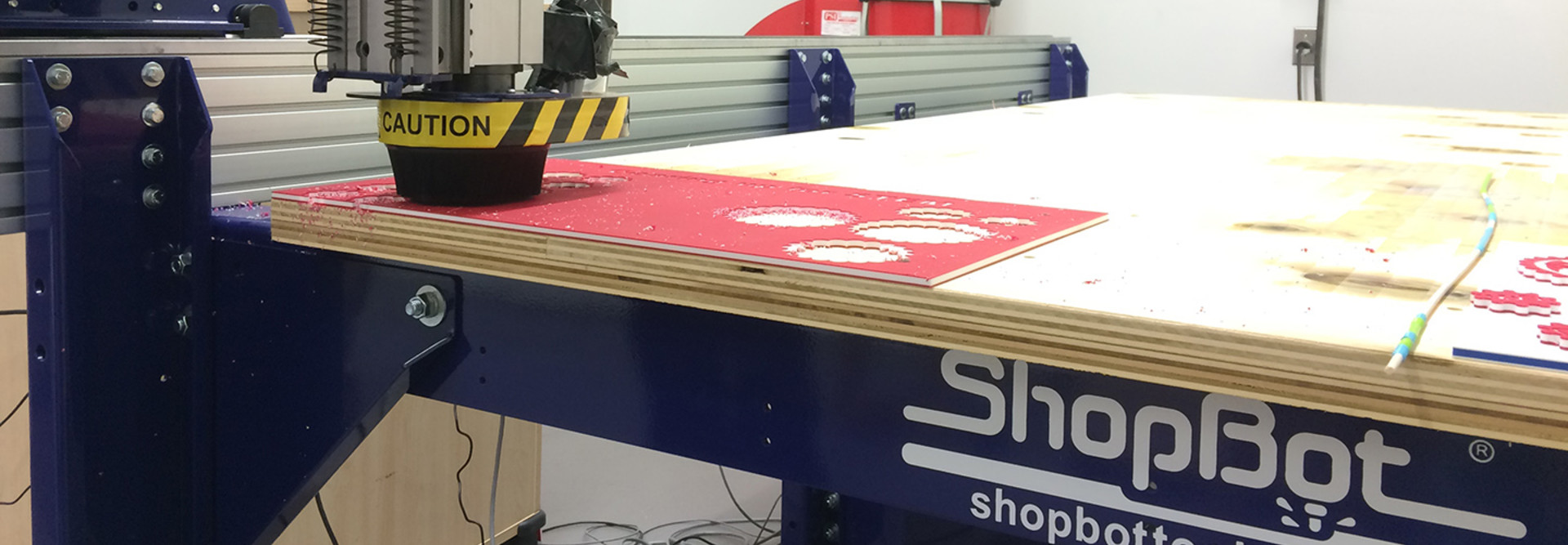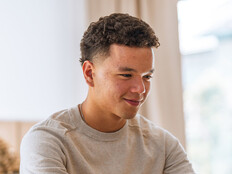DC Makerspace Is a Sanctuary for Pioneers, Big Thinkers and Students
There’s a revolution happening in the heart of Washington, D.C., and it’s being powered by the makers of the future.
The grand reopening of Fab Lab DC Thursday was an event years in the making, says the makerspace’s founder Phyllis Klein. A partnership between the Fab Foundation and Chevron enabled the group to bring new engineering tools and programming to an area in need of a STEM booster shot.
“This new facility will give students and teachers access to sophisticated technology, and together with Chevron, we’ll carry out our shared mission to empower students in the fields of technology, science and engineering through hands-on learning,” says Fab Foundation President Sherry Lassiter.
Fab Labs are makerspaces connecting a worldwide network of makers. To date, more than 500 labs have been opened in 67 countries, with nearly 1,000 more expected to open by the end of the year, says Lassiter.
Makerspaces are making waves across the entire spectrum of education. In the New Media Consortium’s 2015 Horizon Report for K–12, 3D printers were listed as one of the fastest growing technological trends in the market, and makerspaces have become gathering places for big thinkers and tinkerers at several higher education institutions.
Fab Lab DC has established programming with local schools, giving students the chance to work on the array of machines. Inside the lab are fabrication tools and prototyping machines, including laser cutters, vinyl cutters, computer numerical control (CNC) machines, 3D printers and more — all ready to bring ideas to life for pioneers, tinkerers, students and teachers across the district.
The space itself isn’t new; Fab Lab DC has been operating since 2010 in various forms, initially from a team of volunteers supported primarily by donations. But the addition of new equipment and a grant to create programming tailored for middle schoolers warranted the grand reopening Thursday, which was attended by congressmen, education leaders, artists and engineers.
Congressman Bill Foster of Illinois says he's been a maker since his teenage years, working with his brother in a garage, taking apart machines and reconfiguring them in dangerous, fun new ways.
The equipment found in makerspaces like Fab Lab DC takes him back to those days, he says, and he hopes others will be filled with the same kind of engineering spirit.
“It's very empowering to kids when they come up with an idea,” says Foster. “They design it on the computer, send it to a 3D printer or a laser cutter, and then they have something they can hold in their hands and take back and show their parents.”
Modern technological devices like cell phones have become complex. They can be disassembled, but studying their components doesn't impart the same kind of knowledge about how the parts work in unison as did devices in Foster's childhood days. That's why the maker movement excites him.
"That's one of the big gaps that Fab Labs can fill," says Foster.
Yoshi Maisami, one of the leaders behind the National Maker Faire, says makerspaces like Fab Labs do have some financial barriers to overcome before they make sense for every community. Getting the right space and the right equipment can be challenging.
However, once makerspaces are established, they tend to generate excitement in STEM and a passion for engineering in everyone they touch.
“It really is kind of an ‘if you build it, they will come’ situation,” says Maisami.









